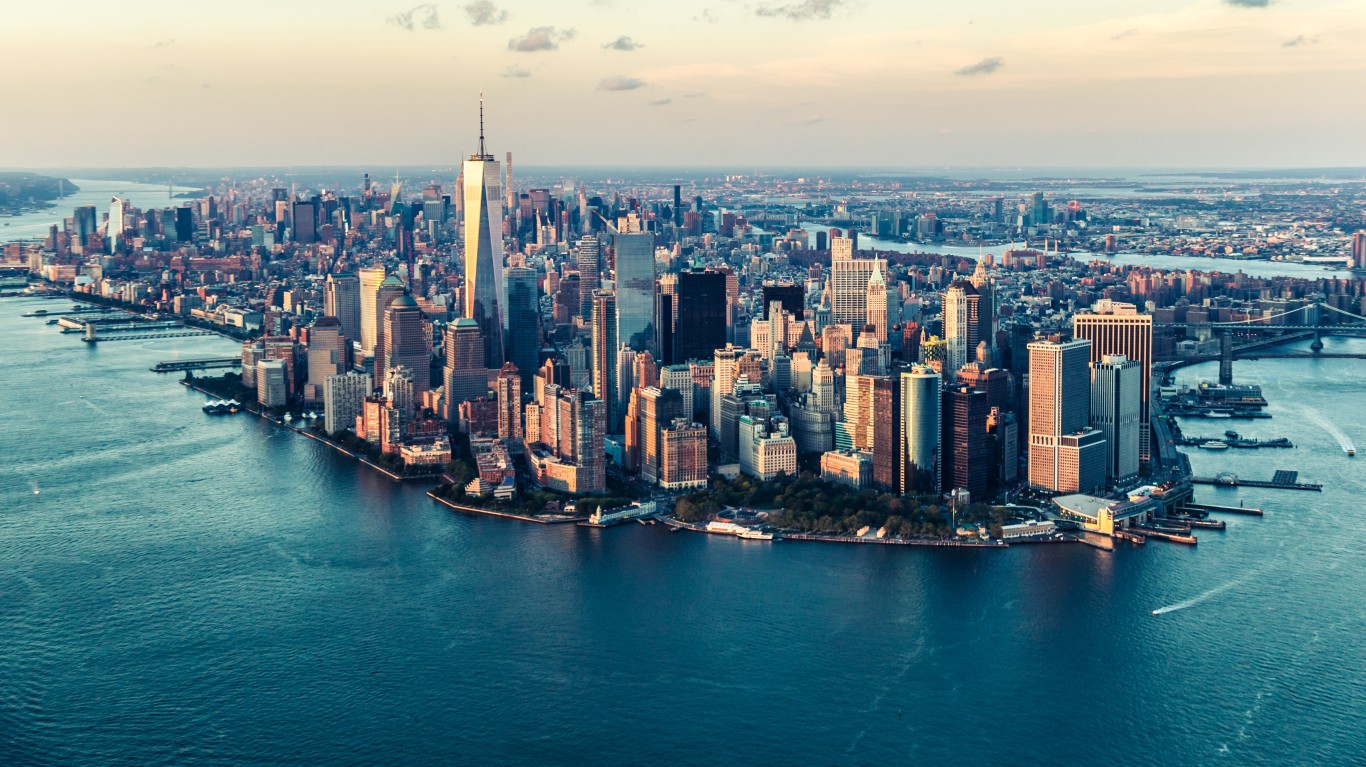Investing
Manhattan is sinking; plus, the hidden flood dangers of plastic bags

Published:

(A native of England, veteran journalist Matthew Diebel has worked at NBC News, Time, USA Today and News Corp., among other organizations.)
In 2019, I was fortunate to have time off to take a 10-week trip to Southeast Asia. One of the places I visited was Cambodia, in particular the mind-altering group of temples called Angkor Wat.
Having bonded with several fellow backpackers, we decided to take a boat ride on Tonlé Sap, a large lake south of the complex. It is very picturesque and known for its floating villages and houses on stilts. “What a marvelous place,” I thought as we navigated the patch of water, which flows into the giant Mekong River.
That was until we got close to the edge, where we saw thousands of plastic bags and other detritus hanging on the vegetation. It was astounding. Pink bags. Brown ones. Red. Green. Blue. White. Clear. Such a sad sight in such a beautiful place.
The origins were obvious: In nearby Siem Reap we saw shoppers at markets filling the flimsy sacks with local fruits and vegetables. Then, either because of carelessness or lack of organized trash collection — or both — the bags ended up in Tonlé Sap.
A pity, you might say, but, apart from its unsightliness, what’s the harm? That is until you read a report from Resource Futures, an environmental consultancy, and Tearfund, an international Christian charity, which details how plastic waste causes and exacerbates flooding…
Subscribe to Callaway Climate Insights to keep reading this post and get 7 days of free access to the full post archives.
The last few years made people forget how much banks and CD’s can pay. Meanwhile, interest rates have spiked and many can afford to pay you much more, but most are keeping yields low and hoping you won’t notice.
But there is good news. To win qualified customers, some accounts are paying almost 10x the national average! That’s an incredible way to keep your money safe and earn more at the same time. Our top pick for high yield savings accounts includes other benefits as well. You can earn up to 3.80% with a Checking & Savings Account today Sign up and get up to $300 with direct deposit. No account fees. FDIC Insured.
Click here to see how much more you could be earning on your savings today. It takes just a few minutes to open an account to make your money work for you.
Thank you for reading! Have some feedback for us?
Contact the 24/7 Wall St. editorial team.